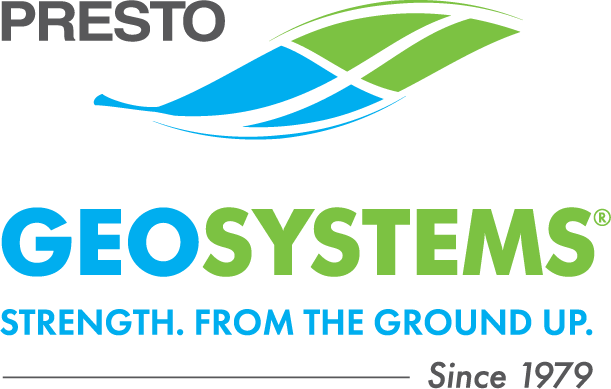Written by William G. Handlos, P.E. For two decades, I held the position of City Engineer and frequently had to explain to disbelieving homeowners, developers and elected officials – that gravel driveways and parking lots were not porous. I would explain that for purposes of stormwater runoff, such gravel pavements must be treated exactly as we would concrete and asphaltic pavements. They often bristled at the idea that gravel did not percolate water and were upset to find that their gravel driveway, lots and roadways were assumed to shed 100% of rainwater. So it is with more than a dose of irony that I now have found myself in the position of regularly explaining to local and state officials that aggregate pavements are not necessarily impervious. Stakeholders are so accustomed to repeating the impervious gravel mantra…that they forget to notice that porous aggregate is not the same thing as gravel. I think it is best to start with a primer on the vernacular. A “good” gravel (Image 1) should have 40 to 70% stone, well-graded from 1/4” to 2-1/2” diameter; 20 to 50% sand; and 10% +/- fines. It should resist abrasion, shed water and be capable of being compacted. A… Read more »
Yearly Archives: 2014
Porous Pavement Systems in Extreme Weather
Porous Pavements Customers are always coming up with new applications for our GEOBLOCK® Turf Protection System, but the University of Wisconsin-Madison just took it to another level. In early 2014, their Space Science and Engineering Center purchased the GEOBLOCK® Pavers to aid in staging their ice coring drills in Greenland and Antarctica. The GEOBLOCK System was utilized for two specific applications. The first application was for a footer under the frame of the drill tent(s). This application allowed the weight of the drill tent building to be distributed across the snow’s surface and provide support. Due to the GEOBLOCK System’s rigid design and load transfer tabs, the same characteristics that make it a strong, durable turf protection system, also delivered value over snow. In the second application, the GEOBLOCK Units served as a flooring system inside the drill tent. Researchers liked the grid surface as it provided a non-skid surface and easy installation at sub-zero temperatures (-40°F). The rigid design also wasn’t affected by on-site drilling fluids (due to the non-reactive and inert polyethylene construction). Researchers also capitalized on the light-weight design and reusability. The remote location required air-lifting the material and hand construction. The GEOBLOCK® system proved it can… Read more »
The Market for Lightweight Construction Mats
Written by William G. Handlos, P.E. Lightweight Construction Mats Construction access in soft soils present a common challenge engineers and project managers face while attempting to complete a project on-time and within budget while avoiding scheduling delays and associated costs. These soft soil sites may also be located in remote, difficult to access areas making construction impossible without a good site access system. Popular construction mat systems are made out of a range of materials including timber, laminate, steel and composite mats. They can be effective, but are also costly. They can also put laborers at risk as they require heavy equipment to install. The ideal mat system for access road construction would be designed to have a high utility-to-weight ratio and would deliver an eco-friendly alternative to current technology. A lightweight construction mat system made from high density polyethylene (HDPE), GEOTERRA®, was created by Presto Products in 2003 to meet the needs of major oil and gas companies working in remote areas of the Amazon jungle. Transporting materials to these sites by helicopter precipitated the need for light, yet strong mats for work platforms and roadways. As the first of its kind, the mats capitalize on the sustainable characteristics of… Read more »

 800.548.3424
800.548.3424